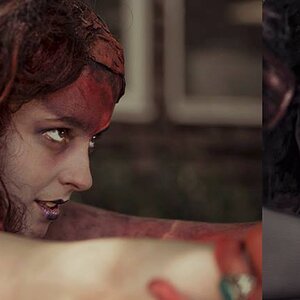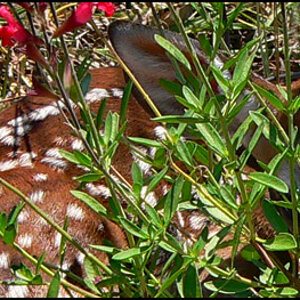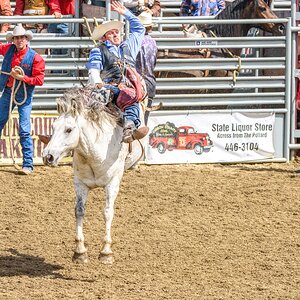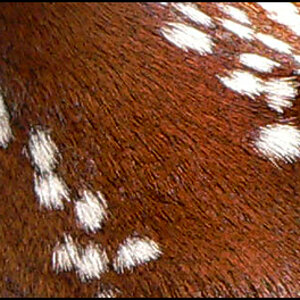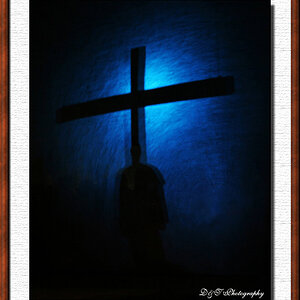clarnibass
TPF Noob!
Hello
So far I've only used a P&S camera (Canon A570IS). I'm about to get a Canon 550D with kit lens (18-55mm) and trying to see if I need a Macro lens in addition, or maybe be able to get good results with the kit lens.
I'm not a photographer, but reading so much about it and seeing all the photos I found online really sucked me into this world and I can see it becoming a side hobby. What I really need the camera and lens for is for taking photos for my webiste. This mostly of musical instruments and parts (I'm a musician and woodwind instrument repairer www.nitailevi.com).
Some photos needs to be Macro of small things. These things can vary from a screw smaller than 1cm to a part around maybe 5cm diameter (could be more too). I just started learning about Depth Of Field and one issue I found with some Macro shots is that what can happen is a small screw will have one part focused but too long so the rest is blurred. Maybe that also depends on how much of it is in the frame (or not)?
Here are some examples of some Macro shots like what I need that I got with my A570IS. All severely reduced because the full size look terrible (very blurry and sometimes noisy).
http://www.nitailevi.com/reviews/clarinets/buffet/buffet_bass1193thumb_keys.jpg
http://www.nitailevi.com/useful_advice/overhaul2/dried_ruined_pad.JPG
http://www.nitailevi.com/useful_advice/overhaul2/pad_light_seat.JPG
http://www.nitailevi.com/reviews/tenor_sax/conn/conn_new_wonder_ii_left_pinky_keys.JPG
http://www.nitailevi.com/reviews/tenor_sax/selmer/selmer_ref36_ten_pivot_spring.jpg
http://www.nitailevi.com/reviews/tenor_sax/selmer/selmer_ref36_ten_front_f.jpg
Basically I'm trying to understand if I really need a Macro lens for this or will the kit lens be ok for me. I'd definitely want to get better photos than what I have so far (which I'm sure will improve with more learning and practice too).
If a Macro lens is worth it, I see Canon has a $300 one. I'd really rather not spend more than that... since I'm already spending more than I planned to for the camera. Unless their 50mm Compact Macro isn't good...? Then I'll look for something else, might spend a bit too if it's really necessary.
Or instead, how about a lens with a big zoom? That's something I'm unclear about. Someone told me around 100mm is very good for Macro. Will something like a zoom lens that gets to around 100mm be similar? Sorry, I'm really a beginner and don't know the difference! I see that the basic Macro lenses are as loe as 50mm or 60mm so...?
Thanks and I appreciate any help!
Nitai
So far I've only used a P&S camera (Canon A570IS). I'm about to get a Canon 550D with kit lens (18-55mm) and trying to see if I need a Macro lens in addition, or maybe be able to get good results with the kit lens.
I'm not a photographer, but reading so much about it and seeing all the photos I found online really sucked me into this world and I can see it becoming a side hobby. What I really need the camera and lens for is for taking photos for my webiste. This mostly of musical instruments and parts (I'm a musician and woodwind instrument repairer www.nitailevi.com).
Some photos needs to be Macro of small things. These things can vary from a screw smaller than 1cm to a part around maybe 5cm diameter (could be more too). I just started learning about Depth Of Field and one issue I found with some Macro shots is that what can happen is a small screw will have one part focused but too long so the rest is blurred. Maybe that also depends on how much of it is in the frame (or not)?
Here are some examples of some Macro shots like what I need that I got with my A570IS. All severely reduced because the full size look terrible (very blurry and sometimes noisy).
http://www.nitailevi.com/reviews/clarinets/buffet/buffet_bass1193thumb_keys.jpg
http://www.nitailevi.com/useful_advice/overhaul2/dried_ruined_pad.JPG
http://www.nitailevi.com/useful_advice/overhaul2/pad_light_seat.JPG
http://www.nitailevi.com/reviews/tenor_sax/conn/conn_new_wonder_ii_left_pinky_keys.JPG
http://www.nitailevi.com/reviews/tenor_sax/selmer/selmer_ref36_ten_pivot_spring.jpg
http://www.nitailevi.com/reviews/tenor_sax/selmer/selmer_ref36_ten_front_f.jpg
Basically I'm trying to understand if I really need a Macro lens for this or will the kit lens be ok for me. I'd definitely want to get better photos than what I have so far (which I'm sure will improve with more learning and practice too).
If a Macro lens is worth it, I see Canon has a $300 one. I'd really rather not spend more than that... since I'm already spending more than I planned to for the camera. Unless their 50mm Compact Macro isn't good...? Then I'll look for something else, might spend a bit too if it's really necessary.
Or instead, how about a lens with a big zoom? That's something I'm unclear about. Someone told me around 100mm is very good for Macro. Will something like a zoom lens that gets to around 100mm be similar? Sorry, I'm really a beginner and don't know the difference! I see that the basic Macro lenses are as loe as 50mm or 60mm so...?
Thanks and I appreciate any help!
Nitai
Last edited:




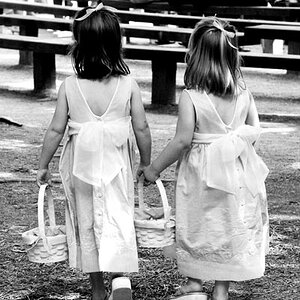
![[No title]](/data/xfmg/thumbnail/35/35597-714b74cc48992e5353856abfe325df68.jpg?1619737065)
